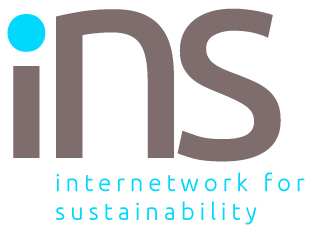
Scientists are sounding the alarm about the risks of creating mirror bacteria, hypothetical organisms made entirely from mirror-image biological molecules. Unlike all known life, these organisms would have the reverse chirality—proteins built from “right-handed” amino acids and DNA from “left-handed” nucleotides. While still at least a decade away, advancements in synthetic biology are bringing the creation of such life closer to reality. This possibility poses profound risks to health and ecosystems, far outweighing the potential benefits, writes the group of 30 scientists in Science magazine.
The most immediate concern is the creation of mirror bacteria. Due to their reversed chirality, these organisms could evade immune defenses in humans, animals, and plants, making them unrecognizable to immune systems. For example, mirror proteins resist degradation by enzymes and fail to trigger critical immune responses, potentially allowing unchecked infections to spread. Even in healthy hosts, these bacteria could exploit natural vulnerabilities, such as minor injuries or leaks in mucosal barriers, leading to severe or fatal infections.
Invasive behavior
The risks extend beyond individual health. Mirror bacteria could act as ecological invaders, thriving in natural environments where they face no predators or microbial competitors. Their resistance to natural bacteriophages (viruses that attack bacteria) and antibiotics would allow them to persist and spread unchecked. Like invasive species with no natural predators, mirror bacteria could proliferate rapidly, disrupting ecosystems and causing irreversible harm to biodiversity.
Despite these risks, the creation of mirror life is becoming increasingly feasible. Advances in synthetic biology have enabled the synthesis of mirror-image biomolecules, such as nucleic acids and functional proteins. Researchers are also making progress in constructing synthetic cells from non-living components. These developments, while primarily intended for medical and scientific applications, bring us closer to the possibility of building mirror organisms. Creating mirror bacteria, however, would require overcoming significant challenges, such as the high cost of synthesis and the complexity of assembling functional cellular structures.
Limited benefits
The potential benefits of mirror life are limited. While mirror biomolecules could have useful applications in medicine, such as creating long-lasting therapies, these can be produced without constructing entire organisms. Speculative uses for mirror bacteria, like live-cell therapeutics, face ethical and practical challenges, and alternative approaches exist. In contrast, the risks of accidental release, ecological damage, and misuse are profound and irreversible.
Given these risks, the report calls for urgent action to prevent the creation of mirror life. Researchers recommend banning efforts to create mirror organisms and ensuring funding agencies do not support such projects. Monitoring systems should be established to track the use of mirror biomolecule precursors, and international oversight is needed to keep pace with emerging technologies.
At the same time, research on mirror biomolecules for non-organismal purposes, such as scientific and therapeutic applications, should continue. Studying how these molecules interact with immune systems and developing detection methods could help mitigate risks. However, such research must be carefully managed to avoid enabling the construction of mirror life.
Ethical questions
This issue demands global attention. Creating a mirror life is not just a technical challenge but a profound ethical and ecological dilemma. The risks can be addressed proactively by fostering international collaboration among scientists, policymakers, funders, and the public. The authors of the report urge humanity to take a precautionary approach, ensuring that scientific progress does not lead to unintended and potentially catastrophic consequences.



